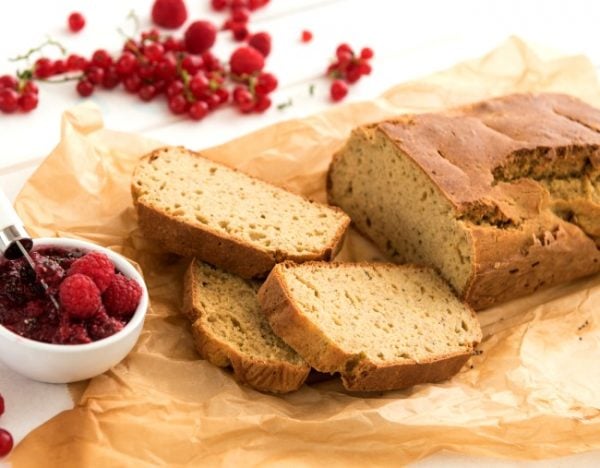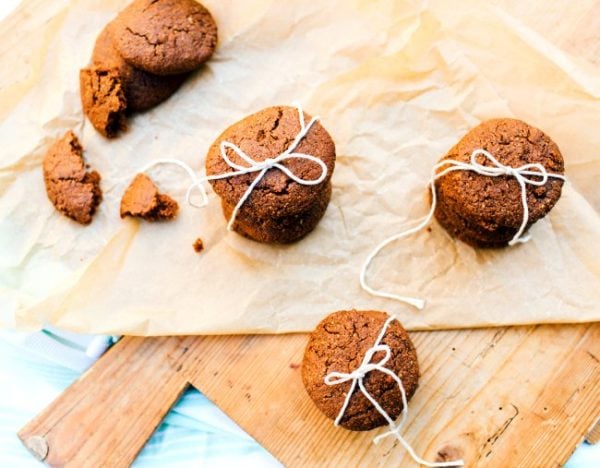
Cheese sandwiches will always be a popular favourite amongst young children. Whether it’s for lunch or just a snack, little ones and adults alike can all appreciate how tasty a cheese sandwich really is – or better yet, a toasty! But, did you know that some cheese sandwiches can contain more than 2 grams of salt, which is the recommended daily intake for children under three?
The most common cheese sandwich combo I see from my clients, uses white bread with a smothering of vegetable oil-filled margarine and a high-sodium processed cheese, sound familiar?
Compare that to wholegrain bread or sourdough bread with a spread of avocado and a low-sodium hard cheese or a white cheese such as ricotta or even goats curd, and already you can see how some simple swaps can create a different feast altogether.
The Wholesome Child teaches us how to make a healthy chocolate spread that’s delicious and super easy to make.
As a nutritionist, I’m incredibly passionate about the fact that health is all about a journey. Especially when it comes to children, it’s important to take small steps towards change so as to not overwhelm little taste buds with new flavours all at once. That’s why I created the 8-step family nutrition program that you can find in my book, Wholesome Child: A Complete Nutrition Guide and Cookbook, all about easy steps you can slowly introduce to greatly improve the overall health of your family.


